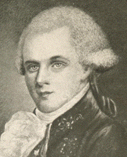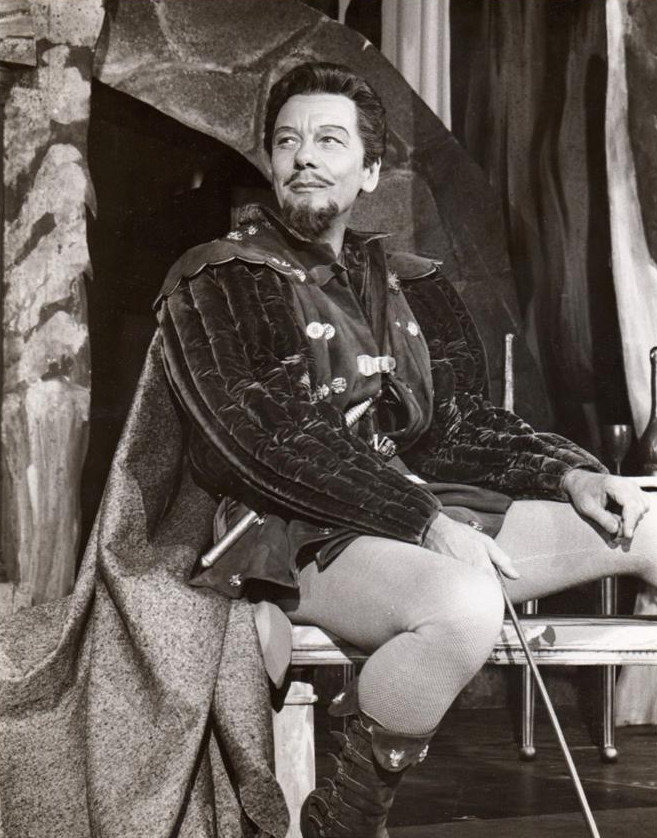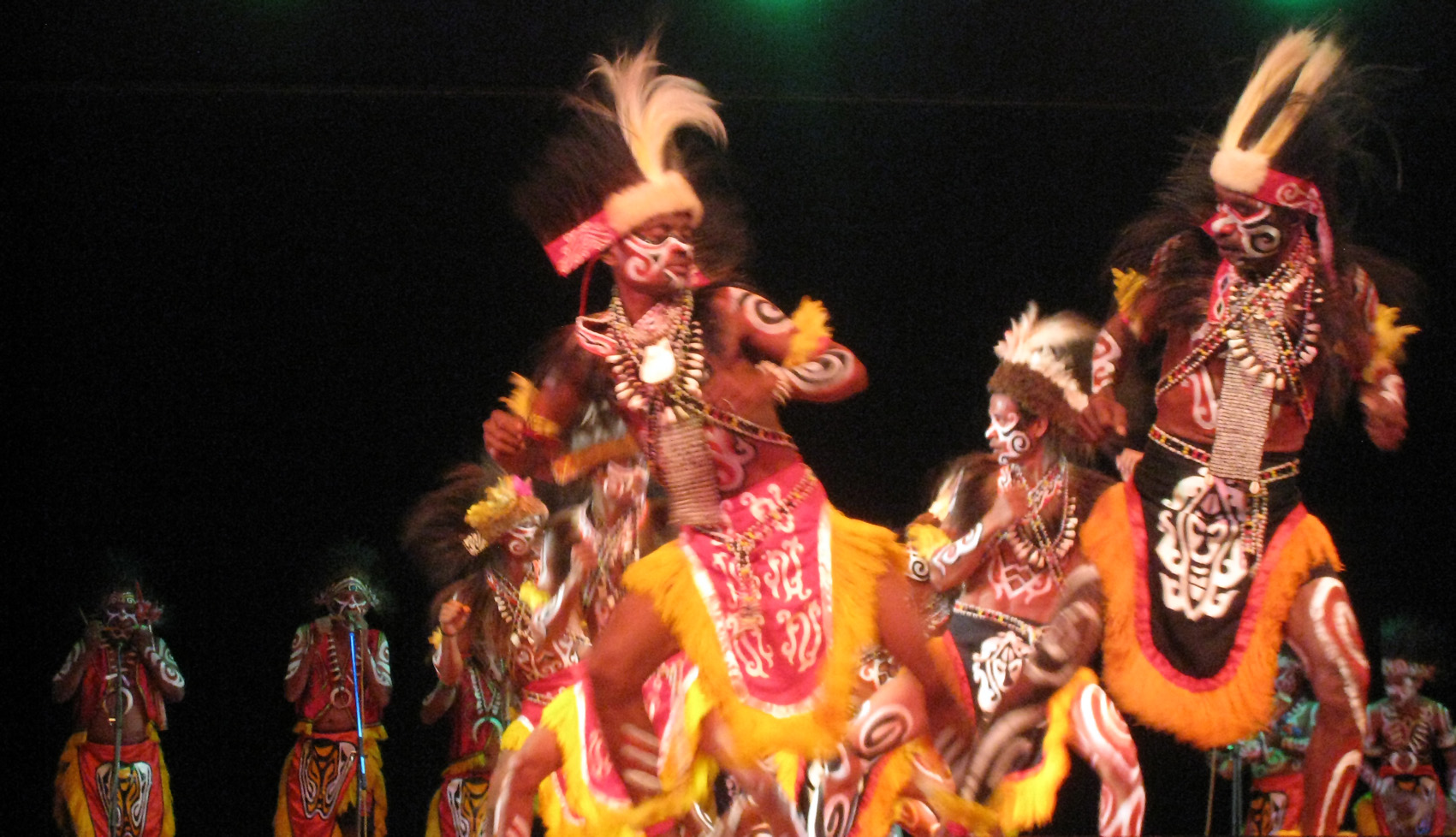|
John Street Theatre (Manhattan)
John Street Theatre, situated at 15–21 John Street, sometimes called "The Birthplace of American Theatre", was the first permanent theatre in the Financial District of Manhattan, New York.''The Oxford Companion to the Theatre'' (Fourth Edition) It opened on December 7, 1767, and was operated for several decades by the American Company. It closed on January 13, 1798. History Construction and opening The theatre was built by David Douglass (c. 1720 – 1786), an English actor who had emigrated to Jamaica in about 1750. There he met Lewis Hallam, leader of a touring theatrical company, and, after Hallam's death, married his widow. The newly married pair formed the American Company from Hallam's old company and toured the United States performing and, if it was necessary, erecting theatres, across America. Douglass had built two temporary theatres in New York - on Cruger's Wharf and on Beekman Street - but his third New York theatre, the John Street Theatre, was the city's fir ... [...More Info...] [...Related Items...] OR: [Wikipedia] [Google] [Baidu] |
Manhattan
Manhattan (), known regionally as the City, is the most densely populated and geographically smallest of the five boroughs of New York City. The borough is also coextensive with New York County, one of the original counties of the U.S. state of New York. Located near the southern tip of New York State, Manhattan is based in the Eastern Time Zone and constitutes both the geographical and demographic center of the Northeast megalopolis and the urban core of the New York metropolitan area, the largest metropolitan area in the world by urban landmass. Over 58 million people live within 250 miles of Manhattan, which serves as New York City’s economic and administrative center, cultural identifier, and the city’s historical birthplace. Manhattan has been described as the cultural, financial, media, and entertainment capital of the world, is considered a safe haven for global real estate investors, and hosts the United Nations headquarters. New York City is the headquarters of ... [...More Info...] [...Related Items...] OR: [Wikipedia] [Google] [Baidu] |
Lewis Hallam Jr
Lewis may refer to: Names * Lewis (given name), including a list of people with the given name * Lewis (surname), including a list of people with the surname Music * Lewis (musician), Canadian singer * "Lewis (Mistreated)", a song by Radiohead from ''My Iron Lung'' Places * Lewis (crater), a crater on the far side of the Moon * Isle of Lewis, the northern part of Lewis and Harris, Western Isles, Scotland United States * Lewis, Colorado * Lewis, Indiana * Lewis, Iowa * Lewis, Kansas * Lewis Wharf, Boston, Massachusetts * Lewis, Missouri * Lewis, Essex County, New York * Lewis, Lewis County, New York * Lewis, North Carolina * Lewis, Vermont * Lewis, Wisconsin Ships * USS ''Lewis'' (1861), a sailing ship * USS ''Lewis'' (DE-535), a destroyer escort in commission from 1944 to 1946 Science * Lewis structure, a diagram of a molecule that shows the bonding between the atoms * Lewis acids and bases * Lewis antigen system, a human blood group system * Lewis number, a dimensionless n ... [...More Info...] [...Related Items...] OR: [Wikipedia] [Google] [Baidu] |
John Henry (actor)
John Henry (1738-October 16, 1794) was an Irish-born actor and early American actor and theatre manager. Career Henry was born in Dublin, performed there and in London, and went to Jamaica with Charles Storer and his family about 1762. He made his New York debut at the opening of the John Street Theatre on December 7, 1767 playing the role of Aimwell in ''The Beaux' Stratagem''. He is said to have been the first to play the role of Peter Teazle in ''The School for Scandal'' in America. At the end of the American Revolution, after additional time in England and Jamaica, he returned to America and worked with Lewis Hallam Jr. to manage the American Company. He left the company in 1794 after disagreements with actor John Hodgkinson, who he had brought to the United States in 1792 together with his wife stage actress Frances Brett Hogkinson. William Dunlap described Henry as being six feet tall "and uncommonly handsome."Dunlap, WilliamA History of the American Theatre p. 8 ... [...More Info...] [...Related Items...] OR: [Wikipedia] [Google] [Baidu] |
The Critic (play)
''The Critic: or, a Tragedy Rehearsed'' is a satire by Richard Brinsley Sheridan. It was first staged at Drury Lane Theatre in 1779. It is a burlesque on stage acting and play production conventions, and Sheridan considered the first act to be his finest piece of writing. One of its major roles, Sir Fretful Plagiary, is a comment on the vanity of authors, and in particular a caricature of the dramatist Richard Cumberland who was a contemporary of Sheridan. Based on George Villiers' '' The Rehearsal'', it concerns misadventures that arise when an author, Mr Puff, invites Sir Fretful Plagiary and the theatre critics Dangle and Sneer to a rehearsal of his play '' The Spanish Armada'', Sheridan's parody of the then-fashionable tragic drama. In 1911, Herbert Beerbohm Tree mounted a star-studded production of ''The Critic'' at Her Majesty's Theatre starring George Alexander, Cecil Armstrong, Beatrice Ferrar, Arthur Bourchier, C. Hayden Coffin, Kenneth Douglas, Lily Elsie, Winifre ... [...More Info...] [...Related Items...] OR: [Wikipedia] [Google] [Baidu] |
The School For Scandal
''The School for Scandal'' is a comedy of manners written by Richard Brinsley Sheridan. It was first performed in London at Drury Lane Theatre on 8 May 1777. Plot Act I Scene I: Lady Sneerwell, a wealthy young widow, and her hireling Snake discuss her various scandal-spreading plots. Snake asks why she is so involved in the affairs of Sir Peter Teazle, his ward Maria, and Charles and Joseph Surface, two young men under Sir Peter's informal guardianship, and why she has not yielded to the attentions of Joseph, who is highly respectable. Lady Sneerwell confides that Joseph wants Maria, who is an heiress, and that Maria wants Charles. Thus she and Joseph are plotting to alienate Maria from Charles by putting out rumours of an affair between Charles and Sir Peter's new young wife, Lady Teazle. Joseph arrives to confer with Lady Sneerwell. Maria herself then enters, fleeing the attentions of Sir Benjamin Backbite and his uncle, Crabtree. Mrs. Candour enters and ironically talks ... [...More Info...] [...Related Items...] OR: [Wikipedia] [Google] [Baidu] |
Much Ado About Nothing
''Much Ado About Nothing'' is a comedy by William Shakespeare thought to have been written in 1598 and 1599.See textual notes to ''Much Ado About Nothing'' in ''The Norton Shakespeare'' ( W. W. Norton & Company, 1997 ) p. 1387 The play was included in the ''First Folio'', published in 1623. The play is set in Messina and revolves around two romantic pairings that emerge when a group of soldiers arrive in the town. The first, between Claudio and Hero, is nearly altered by the accusations of the villain, Don John. The second romance, between Claudio's friend Benedick and Hero's cousin Beatrice, takes centre stage as the play goes on, with both characters' wit and banter providing much of the humour. Through "noting" (sounding like "nothing", and meaning gossip, rumour, overhearing), Benedick and Beatrice are tricked into confessing their love for each other, and Claudio is tricked into believing that Hero is not a maiden (virgin). The title's play on words references t ... [...More Info...] [...Related Items...] OR: [Wikipedia] [Google] [Baidu] |
As You Like It
''As You Like It'' is a pastoral comedy by William Shakespeare believed to have been written in 1599 and first published in the First Folio in 1623. The play's first performance is uncertain, though a performance at Wilton House in 1603 has been suggested as a possibility. ''As You Like It'' follows its heroine Rosalind as she flees persecution in her uncle's court, accompanied by her cousin Celia to find safety and, eventually, love, in the Forest of Arden. In the forest, they encounter a variety of memorable characters, notably the melancholy traveller Jaques, who speaks many of Shakespeare's most famous speeches (such as "All the world's a stage", "too much of a good thing" and "A fool! A fool! I met a fool in the forest"). Jaques provides a sharp contrast to the other characters in the play, always observing and disputing the hardships of life in the country. Historically, critical response has varied, with some critics finding the play a work of great merit and some f ... [...More Info...] [...Related Items...] OR: [Wikipedia] [Google] [Baidu] |
Benedict Arnold
Benedict Arnold ( Brandt (1994), p. 4June 14, 1801) was an American military officer who served during the Revolutionary War. He fought with distinction for the American Continental Army and rose to the rank of major general before defecting to the British side of the conflict in 1780. General George Washington had given him his fullest trust and had placed him in command of West Point in New York. Arnold was planning to surrender the fort there to British forces, but the plot was discovered in September 1780, whereupon he fled to the British lines. In the later part of the conflict, Arnold was commissioned as a brigadier general in the British Army, and placed in command of the American Legion. He led the British army in battle against the soldiers whom he had once commanded, after which his name became synonymous with treason and betrayal in the United States. Rogets (2008) Arnold was born in Connecticut. In 1775, when the war began, he was a merchant operating ships in ... [...More Info...] [...Related Items...] OR: [Wikipedia] [Google] [Baidu] |
John André
John André (2 May 1750/1751''Gravesite–Memorial'' Westminster Abbey webpage; accessed September 2020 – 2 October 1780) was a major in the and head of its Secret Service in America during the . He was as a by the |
American War Of Independence
The American Revolutionary War (April 19, 1775 – September 3, 1783), also known as the Revolutionary War or American War of Independence, was a major war of the American Revolution. Widely considered as the war that secured the independence of the United States, fighting began on April 19, 1775, followed by the Lee Resolution on July 2, 1776, and the Declaration of Independence on July 4, 1776. The American Patriots were supported by the Kingdom of France and, to a lesser extent, the Dutch Republic and the Spanish Empire, in a conflict taking place in North America, the Caribbean, and the Atlantic Ocean. Established by royal charter in the 17th and 18th centuries, the American colonies were largely autonomous in domestic affairs and commercially prosperous, trading with Britain and its Caribbean colonies, as well as other European powers via their Caribbean entrepôts. After British victory over the French in the Seven Years' War in 1763, tensions between the motherland and her ... [...More Info...] [...Related Items...] OR: [Wikipedia] [Google] [Baidu] |
Continental Association
The Continental Association, also known as the Articles of Association or simply the Association, was an agreement among the American colonies adopted by the First Continental Congress on October 20, 1774. It called for a trade boycott against British merchants by the colonies. Congress hoped that placing economic sanctions on British imports and exports would pressure Parliament into addressing the colonies' grievances, in particular, by repealing what were referred to as the Intolerable Acts. The Congress adopted a "non-importation, non-consumption, non-exportation" agreement as a peaceful means of settling the colonies' disputes with Great Britain. The agreement, which had been suggested by Virginia delegate Richard Henry Lee based on the 1769 Virginia Association initiated by George Washington and written by George Mason, opened with a pledge of loyalty to King George III of Britain, and went on to outline a series of actions opening with a ban on British imports that would ... [...More Info...] [...Related Items...] OR: [Wikipedia] [Google] [Baidu] |
War Dance
A war dance is a dance involving mock combat, usually in reference to tribal warrior societies where such dances were performed as a ritual connected with endemic warfare. Martial arts in various cultures can be performed in dance-like settings for various reasons, such as for evoking ferocity in preparation for battle or showing off skill in a more stylized manner. It could also be for celebration of valor and conquest. Many such martial arts incorporate music, especially strong percussive rhythms. War dances Examples of war dances include: :* Aduk-Aduk – Brunei :* Ardah – Arabian Peninsula, Kuwait :* Ayyalah – Arabian Peninsula :* Baris – Bali, Indonesia :* Bende War Dance – Nigeria :* Buza – Russia :* Blood walk – Bloods of United States :*Cakalele – Maluku, Indonesia :*Capoeira, as well as some similar Afro-Caribbean arts :* Cibi – Fiji :*Crip Walk – Crips of United States :*Dirk dance and Scottish sword dances – Scotland :* European sword danc ... [...More Info...] [...Related Items...] OR: [Wikipedia] [Google] [Baidu] |










